The Election Commission of India (ECI) has recently announced the schedule for the 17th Vice-Presidential Election. The polls for electing the next Vice President of India, if required (in case of more than one candidate), will be held on 9 September 2025.
This comes after the resignation of Jagdeep Dhankhar, who stepped down with two years left in his term. The new vice president will now be elected for a full five-year term as per constitutional norms.
Let’s take a look at the process followed for the election of the Vice President in India.
APAC MEDIA EXPLAINED
What is the legal framework for the election to the office of Vice President of India?
The election to the office of the Vice President of India is conducted in accordance with the provisions laid down in Articles 64 to 68 of the Constitution of India, along with the Presidential and Vice-Presidential Elections Act, 1952, and the rules framed under it.
Who elects the Vice President?
As per Article 66 of the Constitution of India, the Vice President is not elected directly by the general public but indirectly, by an Electoral College comprising Members of Parliament from both houses.
For the 17th Vice-Presidential Election, the Electoral College consists of:
- 233 elected members of Rajya Sabha (Presently, 5 seats are vacant),
- 12 nominated members of the Rajya Sabha, and
- 543 elected members of the Lok Sabha (Presently, 1 seat is vacant).
This brings the total number of electors to 782. These members will cast their vote through a secret ballot system.
How are the votes recorded?
The election follows the system of Proportional Representation through a Single Transferable Vote, as laid out in Article 66(1) of the Constitution.
Under this system, each elector can indicate as many preferences as there are candidates contesting the election. These preferences must be marked by placing the numbers 1, 2, 3, 4, 5, and so on against the names of the candidates, in the order of the elector’s choice. The value of every vote cast in the vice-presidential election has the same value, i.e., one.
Voting takes place in Parliament House, and electors must use special pens supplied by the Election Commission to mark their preference on the ballot paper. If a voter uses any pen other than the designated one or fails to mark the first preference, the vote is deemed invalid.
While the marking of the first preference is compulsory for the ballot paper to be valid, other preferences are optional.
What are the eligibility criteria to contest the election?
As per constitutional provisions, a person is eligible to contest the Vice Presidential election if they are a citizen of India, have completed the age of 35 years, and are qualified for election as a member of the Rajya Sabha.
The candidate must not hold any office of profit under the Government of India, any state government, or any local or other authority controlled by them.
What is the nomination process for the candidate to contest the election?
To contest the election, a candidate must be nominated by at least 20 MPs as proposers and another 20 as seconders. The nomination papers must be submitted to the Returning Officer, who is the Secretary General of the Rajya Sabha, between 11 am and 3 pm on notified days. In addition, a security deposit of Rs 15,000 must be paid in cash or other legally accepted forms at the time of filing the nomination.
What is the term of the Office of the Vice President?
The Vice President of India holds office for a term of five years from the date of entering office, as per Article 67 of the Constitution. However, if a vacancy arises due to resignation, removal, or death, Article 68(2) mandates that an election must be held as soon as possible.
Although Dhankhar’s original term was until 2027, his resignation has triggered a fresh election. The new vice president elected in September 2025 will serve a full five-year term.
Supervision and Safeguards
The entire election process is conducted and supervised by the Election Commission of India under its constitutional powers outlined in Article 324 and governed by the Presidential and Vice-Presidential Elections Act, 1952.
The ECI appoints the Secretary General of the Rajya Sabha as the Returning Officer. Counting of votes is carried out in New Delhi, and the Returning Officer declares the result after the counting is complete.
The secrecy of the ballot is strictly enforced, and any attempt at bribery or undue influence can be grounds for challenging the election in court under the applicable laws.
Also Read
CAG Flags Rs 573 Crore in Lapses Across Indian Railways Amid Modernisation Drive




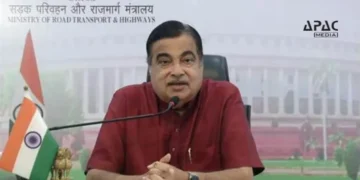
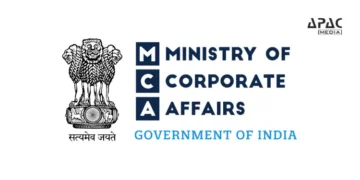
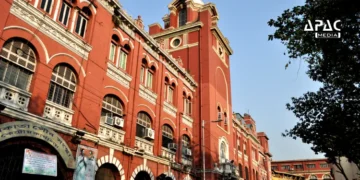


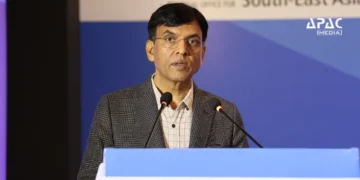












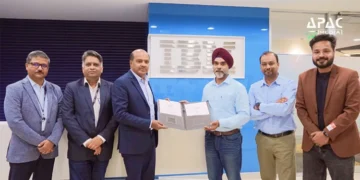
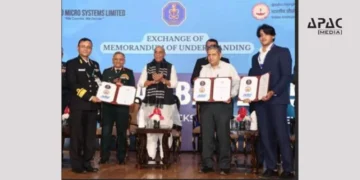

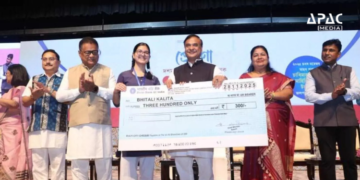


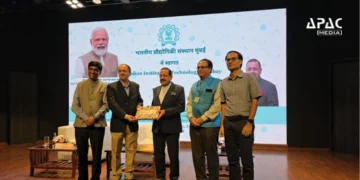
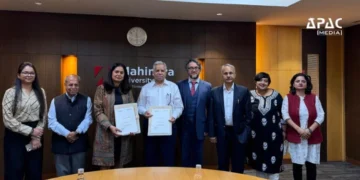



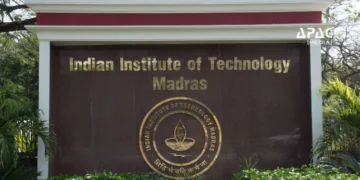





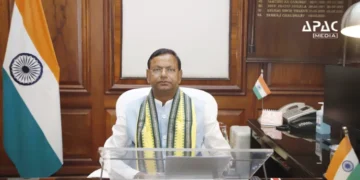












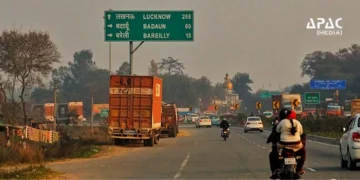


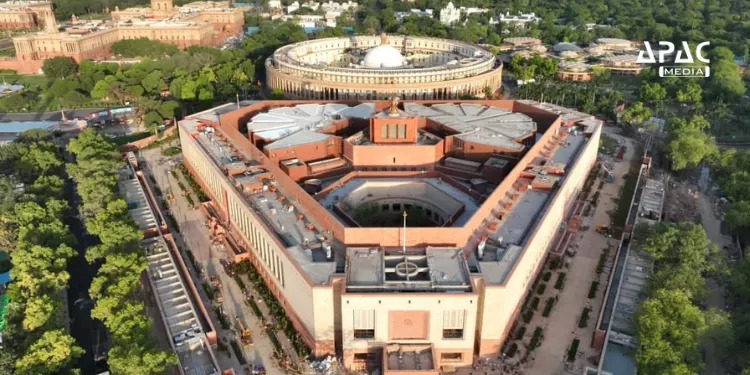




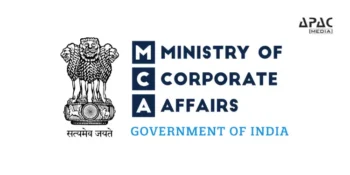








Discussion about this post